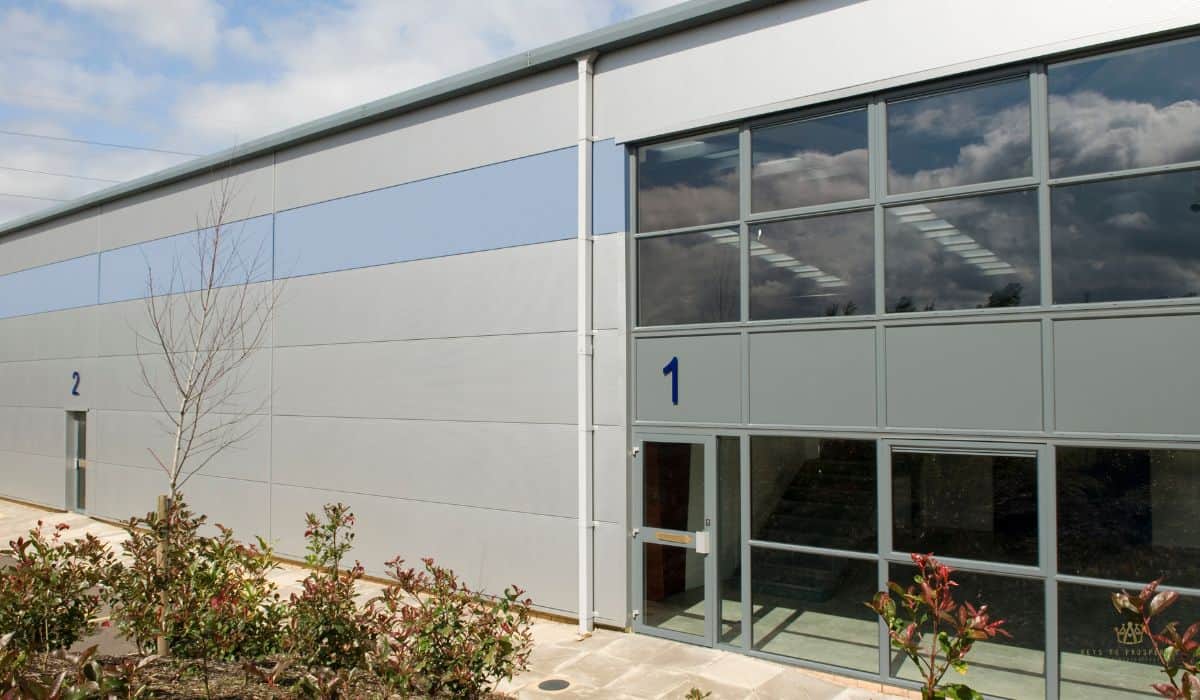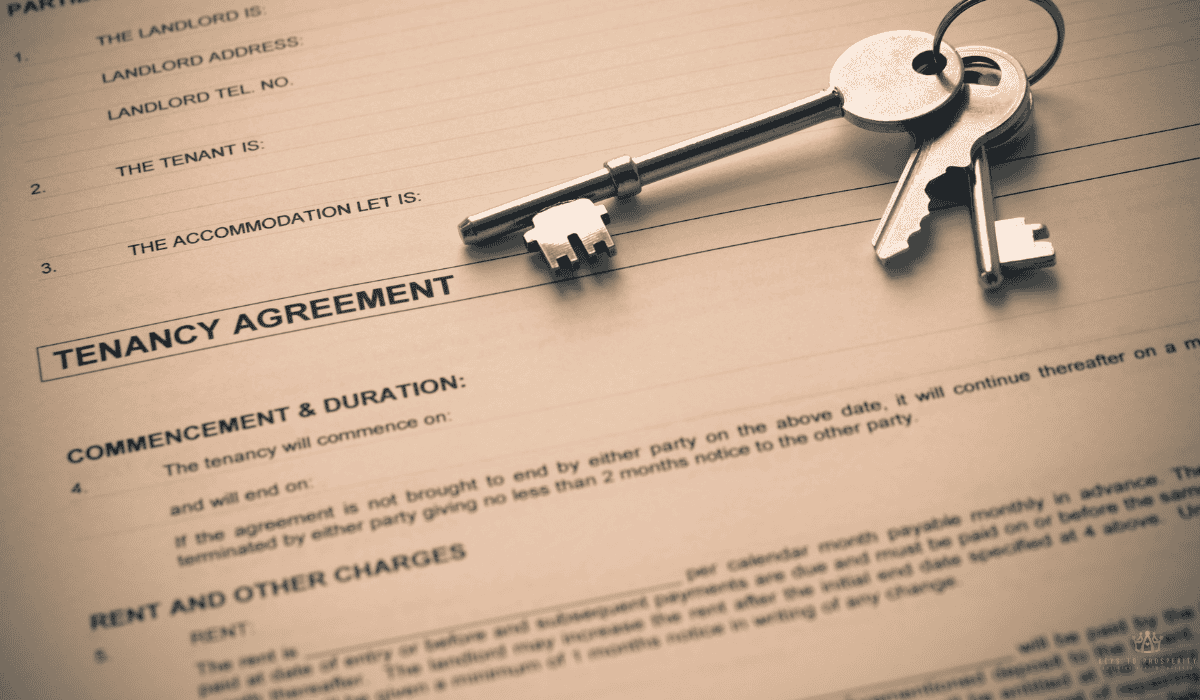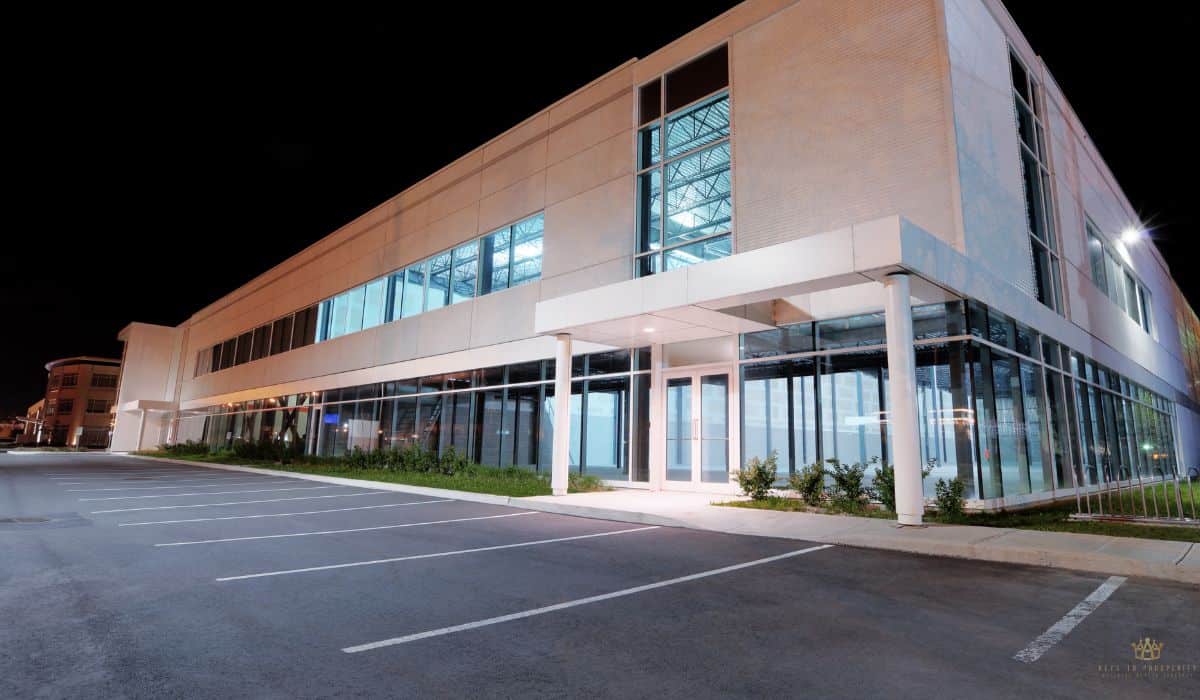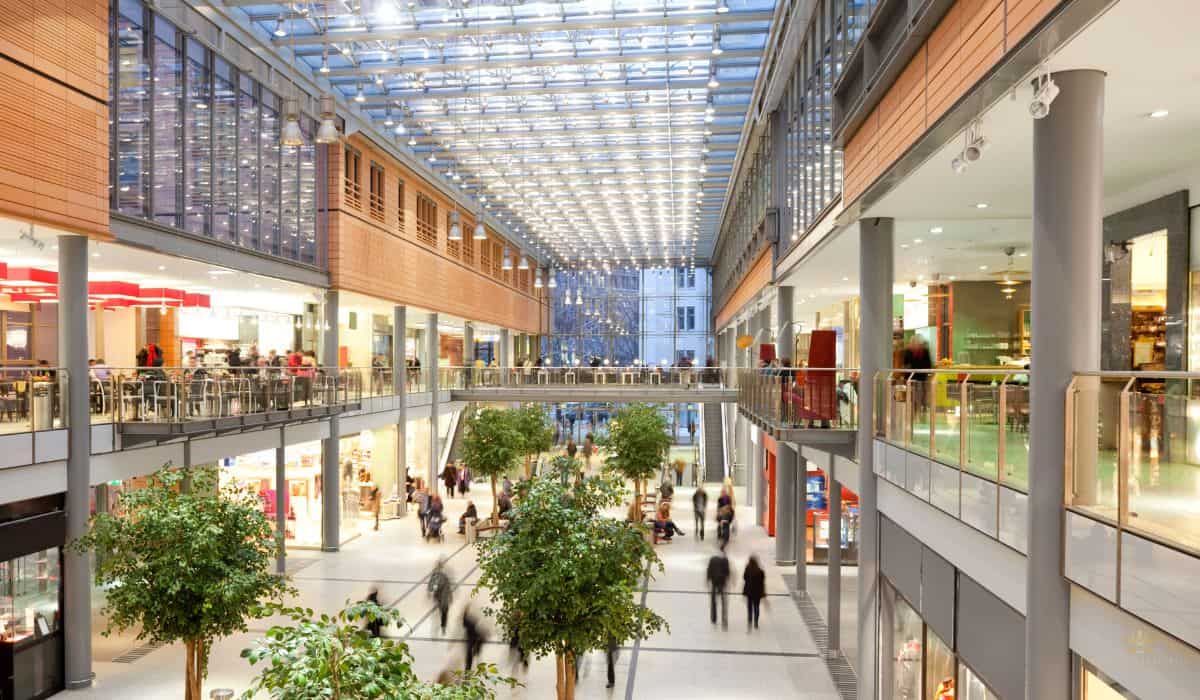
Office buildings aren’t what they used to be. While traditional office space faces vacancies and downsizing, demand is shifting. In fact, green-certified buildings now account for over 20% of new commercial real estate developments, and data center usage jumped nearly 9% last year.
That tells us something loud and clear: tenants want efficiency, adaptability, and modern function. From our experience, repositioning is more about future-proofing your commercial real estate asset rather than cosmetic changes.
A well-executed repositioning strategy for a commercial property can completely transform an underperforming structure into a sought-after destination that attracts quality tenants, boosts significant value, and aligns with shifting market trends.
This guide breaks down how to develop a smart, modern repositioning strategy, the kind that building owners, investors, brokers, and developers can actually use.
You’ll learn how to leverage thorough market analysis, create a compelling design vision, and plan for long term success without getting caught in the weeds of construction delays or budget overruns. If you’re eyeing a tired property and thinking, “This could be something more,” you’re in the right place.
We’ll also link to other helpful resources as you explore your options. For a deeper dive into value-add renovation planning in commercial real estate, don’t miss our next article.
Also, if you’re putting together a broader value-add commercial real estate strategy, our pillar guide covers everything from tenant targeting to lifecycle budgeting.
Short Summary
- Asset repositioning boosts property value through targeted upgrades, strategic design, and market-aligned improvements.
- A solid repositioning strategy for a commercial property starts with clear goals, risk planning, and identifying future tenant needs.
- Successful repositioning includes energy-efficient upgrades, unique amenities, and thoughtful sustainable features that attract modern tenants.
- Market-driven repositioning includes adapting to hybrid work models, exploring mixed use conversions, and engaging local tenant pools.
- Value creation depends on understanding the market, staying flexible, and aligning design with long-term asset resilience.
Understanding Asset Repositioning In Commercial Real Estate
Asset repositioning is more than just a facelift: it’s a strategic overhaul of a commercial real estate asset to meet current market demands.
This section walks through why it’s gaining traction, how industry trends are shaping it, and why thorough market analysis is the starting point for every smart repositioning move.

What Is Asset Repositioning And Why It Matters Now
At its core, asset repositioning is the process of taking an outdated or underperforming commercial property and reworking it into something relevant and valuable. That might mean changing the tenant mix, adding amenity upgrades, or retrofitting the building systems for energy efficiency.
One example that sticks with us: a property that sat vacant for months because its floorplan didn’t match modern office space needs. After reconfiguring it into prebuilt suites geared toward life sciences startups, the space filled up within weeks.
Demand for flexible office buildings is still high, but only when the layout and features match what future tenants are actually looking for.
How Industry Trends Are Reshaping Repositioning Projects
Take a look around. Market trends are shifting fast. Hybrid work, green design, and the rise of cultural spaces all play a role. A few years back, we saw more owners adding fitness centers and outdoor spaces to older towers to boost appeal.
That kind of move quickly became a key factor in improving retention.
One thing we’ve learned: don’t ignore local building codes or public spaces nearby. In one case, adding a shared patio that visually connected to a neighborhood park created a strong sense of place and spiked tenant inquiries.
Market Analysis Reveals Hidden Opportunities
A thorough market analysis is the foundation of every solid repositioning project. Without it, you’re guessing. With it, you’re making data-driven choices.
Let’s say you’re working with a blank slate downtown building. Before doing anything, pull leasing comps, walk the surrounding neighborhood, and identify gaps.
Are new tenants coming from tech or healthcare? What do they expect in terms of amenities or layouts? Use that to guide your repositioning process.
A Repositioned Property Becomes A Resilient Asset
Done right, a repositioning strategy for a commercial property turns an underused entire building into a resilient asset. Think dark walnut floors, gray veined marble flooring, energy-efficient lighting, and even parking lots turned into public spaces.
Each detail, whether it’s luxury finishes or sustainable practices, adds to the significant value that appeals to both potential tenants and long-term investors.
A solid strategy doesn’t just solve today’s vacancy problem. It future-proofs your property and opens the door to a diverse mix of stable tenants.
Developing A Comprehensive Repositioning Strategy For A Commercial Property
Creating a clear plan is what separates a successful repositioning strategy for a commercial property from one that stalls mid-renovation.
In this section, we’ll break down the steps that help building owners plan smarter, reduce surprises, and align with both current market demands and future growth.

Start With A Clear Design Vision
Before jumping into upgrades, define what success looks like. That starts with a strong, achievable design vision, one that reflects current use patterns and matches tenant expectations.
For instance, say a dated office building in a downtown core sees minimal traffic. A repositioning might involve shifting from traditional layouts to flexible, open-floor concepts with breakout areas and built-in tech, which is ideal for hybrid work setups.
To shape your vision:
- Analyze current market gaps.
- Look at competitor offerings.
- Determine which amenity upgrades and specialty design elements (like walnut herringbone floor) add real value.
Know Your Target Audience And Tenant Types
Successful repositioning means knowing exactly who you’re designing for. Projects often struggle when the target audience isn’t clearly defined.
Here’s how to identify the right tenant types:
- Talk to local brokers and analyze leasing data.
- Consider how market conditions and neighborhood shifts affect demand.
- Identify what future tenants value most: energy efficient upgrades, shorter leases, wellness amenities, or all of the above.
A former retail property, for example, could appeal to life sciences firms with the right ventilation and lab-friendly layouts. It all comes down to what’s missing in your submarket and how your commercial property can fill that gap.
Build A Risk Management Plan That Works
Delays happen. Construction delays and budget overruns are part of the game, but a good risk management plan keeps them from derailing the entire repositioning project.
We often recommend:
- Creating contingency budgets (at least 10–15%)
- Vetting contractors early
- Reviewing local ordinances and building codes before starting
For example, one office-to-mixed use conversion hit a snag with outdated zoning. However, because the team had already accounted for alternate layouts in their scope, a quick pivot was possible. That kind of foresight saves time and money.
Align With Long-Term Strategic Planning
Strategic planning should stretch beyond the ribbon-cutting. Think about long term success and how the building can adapt to evolving needs over time.
A well-developed repositioning strategy doesn’t just solve today’s issues. It plans for tomorrow’s changes in tenant behavior, tech adoption, and space usage.
Key tips:
- Design flexible interiors to suit a diverse mix of users.
- Future-proof for smart tech and energy efficiency.
- Build in space that can evolve, like unused parking lots turned into cultural spaces later on.
All of this ensures your repositioned commercial real estate asset delivers consistent value, no matter what the market trends bring next.

Essential Elements Of Successful Building Repositioning
So what makes a building repositioning project stand out? Is it the size of the investment? Perhaps, but also it’s the thought behind each upgrade.
This section focuses on specific enhancements that turn an aging structure into a modern, high-performing space tenants want to lease.
Upgrade Building Systems With Energy Efficiency In Mind
Old HVAC systems and inefficient lighting aren’t just a maintenance headache. They’re a turnoff for today’s environmentally conscious tenants.
In one scenario, a mid-rise office in a secondary market reduced utility costs by over 25% simply by switching to energy efficient upgrades like LED lighting, low-flow fixtures, and a smart building management system.
That savings created long-term value for the owner and made the property more attractive during lease-up.
Consider prioritizing:
- Smart thermostats and lighting controls
- High-efficiency boilers and chillers
- Solar panels or other renewable energy sources
Create Focal Points Through Amenity Upgrades
Modern tenants expect more than four walls and a desk. They want spaces that support work-life balance and community.
Some of the most successful repositioning projects we’ve studied added shared fitness centers, rooftop lounges, and landscaped outdoor spaces. Not as afterthoughts, but as strategic focal points that attract long-term leases.
Well-designed amenities can:
- Increase tenant retention
- Support wellness-focused workplace cultures
- Offer a competitive edge in tight leasing markets
Implement Sustainable Practices That Speak To Future Tenants
Sustainable practices are good PR; they’re also a must-have for many future tenants, especially those in tech, finance, and life sciences.
Repositioned buildings that add recycling programs, EV charging stations, and sustainable materials often see stronger leasing interest from companies with ESG commitments.
Effective strategies include:
- Choosing low-VOC paints and adhesives
- Installing water-saving landscaping
- Using repurposed or recycled materials in finishes
Transform With Specialty Design Elements
Details matter. Thoughtfully selected finishes elevate a space from standard to standout.
Take walnut herringbone floor or gray veined marble flooring. We’ve seen examples where these specialty design elements became the defining features of a lobby or executive suite. Tenants remember those kinds of spaces.
Use premium finishes to:
- Reinforce your brand image
- Signal quality and care to prospective tenants
- Help command higher rents in competitive markets
The key is to combine efficiency, experience, and design in a way that makes the building truly feel renewed.
Market-Driven Approaches To Commercial Property Repositioning
Tuning in to what tenants actually want and need is what drives the most successful repositioning projects. This section focuses on smart strategies built around market demand, shifting workplace norms, and community appeal.

Adapt Office Space For Hybrid Work Models
The way people work has changed, and buildings need to reflect that shift.
In one case, a downtown office tower removed rows of outdated cubicles and built flexible coworking zones, team rooms, and tech-enabled hot desks.
That pivot helped reposition the space as a hub for hybrid work models, pulling in tenants who had downsized their footprints but still needed a professional space.
To adapt effectively:
- Design flexible floor plans with modular layouts
- Add strong Wi-Fi infrastructure and plug-and-play tech
- Create quiet areas and collaboration zones in the same footprint
Use Mixed Use Conversions To Diversify Income
When foot traffic drops in a single-use building, it’s often a sign to pivot.
Some underutilized offices or outdated malls are being converted into mixed use buildings that include residential units, medical offices, or local retail.
One example saw a struggling Class B office asset thrive after adding ground-floor dining and leasing the top two floors to a boutique hotel.
Mixed use conversions open up:
- Additional revenue streams
- Greater neighborhood integration
- Round-the-clock occupancy and energy
Retain Tenants While Repositioning Happens
Repositioning doesn’t always mean pushing out current occupants. A smooth transition often starts with transparency.
A great approach we’ve seen? Offering phased construction updates, temporary rent discounts, and early access to new amenities. That kind of collaboration helped property owners hold on to loyal tenants even while crews were on-site daily.
Retention strategies might include:
- Clear communication about timelines
- Tenant feedback on design choices
- Short-term flexibility during construction
Attract New Tenants From The Surrounding Neighborhood
If you want to pull in new tenants from nearby, don’t rely on luck. Rely on strategy.
One repositioned warehouse outside a mid-size city marketed itself to growing artisan food brands and logistics startups. They held local tours, offered short leases to test the space, and designed signage that blended with the local aesthetic.
To do the same:
- Host community walkthroughs or open houses
- Offer move-in incentives for local businesses
- Highlight how your upgrades serve the neighborhood’s needs
Staying market-driven helps repositioned properties stay fully leased and future-ready. It’s all about listening and adapting with purpose.
Final Thoughts
Repositioning a commercial property is all about making smart, long-term decisions that match real market demand. From energy-efficient upgrades to mixed use conversions, every move should be intentional and backed by solid planning.
The more thoughtful the strategy, the more value you’ll create. If you’re planning your next move or just want more practical insights, check out our homepage. We’ve got more helpful resources waiting for you.
Frequently Asked Questions
What Is Repositioning In Commercial Real Estate?
Repositioning means upgrading or transforming a property to meet new market demands, attract better tenants, and increase value. It often involves changes to design, use, or functionality.
How Do I Know If My Commercial Property Needs Repositioning?
If vacancy rates are high, tenant interest is low, or the building feels outdated compared to the competition, repositioning could be the solution. A market analysis is usually the best place to start.
What Are The Biggest Risks During A Repositioning Project?
Delays in construction, going over budget, or missing the mark on tenant expectations can all pose risks. Having a clear risk management plan early on helps reduce surprises.
Can Repositioning Help Attract New Types Of Tenants?
Yes. Updating your space with better amenities, sustainability features, or hybrid-ready layouts makes your property more appealing to today’s evolving tenant base.






